You know the feeling when you’re telling a joke and instead of a laugh all you get is, “I guess you had to be there?”
Or when you ask someone a general question and they dive into some crazy details that make your head spin?
Well guess what, you are probably committing these same communication crimes regularly in your marketing and sales conversations and you don’t even realize it.
The good news is that once you recognize what you’re doing, you can easily correct the issue.
The Inside Joke
My wife and I were going to a restaurant for our anniversary and walked by a cafe that looked shut down and had a legal notice on the door. So naturally, I googled the cafe to see what happened and found a crazy, unrelated news story from a few years back about someone robbing the cafe with a hatchet!
What?! “Who carries a hatchet??” Was the natural response my wife blurted out. Directly followed by, “besides Gary Paulsen, hahahahaha!”
Like you probably are right now, I just looked at her blankly with no clue who Gary Paulsen is.
Apparently he wrote a book called The Hatchet that my wife teaches to her fifth grade students.
Great joke…to someone who knew that book and author off the top of their head. Unfortunately, I’m not one of those people, and so my wife’s joke fell flat.
Telling an inside joke to someone on the outside is a lot like what most companies are doing with their sales and marketing messages. They are talking to their audience about something that the audience doesn’t yet have the context or information yet to fully grasp. This happens because you are an expert in your field, you live it every day, you know the nuances and the “101” lessons about your product and industry.
The way you can avoid this is by clearly defining your target audience, understanding their current perspective and mindset, and then mapping the conversations and information that can bring them from where they are to where they need to be to see how amazing your product is.
Your Language Is The Same, But Different
Even if your target audience speaks the same language as you, that doesn’t mean they are versed in your business language, which is totally different.
Being a native English speaker and talking to someone, in English, about microbiology are two very different things!
And although you are probably not a microbiologist, that’s how you sound to customers when you are talking about your product from your expert perspective.
At best you are going to confuse the heck out of them and be met with a blank stare and polite nods. At worst you’re going to turn them off completely by coming off as arrogant, completely unempathetic, or potentially disrespectful.
This can go very south when you actually use terminology that condescends your audience and you don’t even know it.
Take this example from Jason Feifer, the Editor-in-chief of Entrepreneur Magazine (images used with permission from Jason).
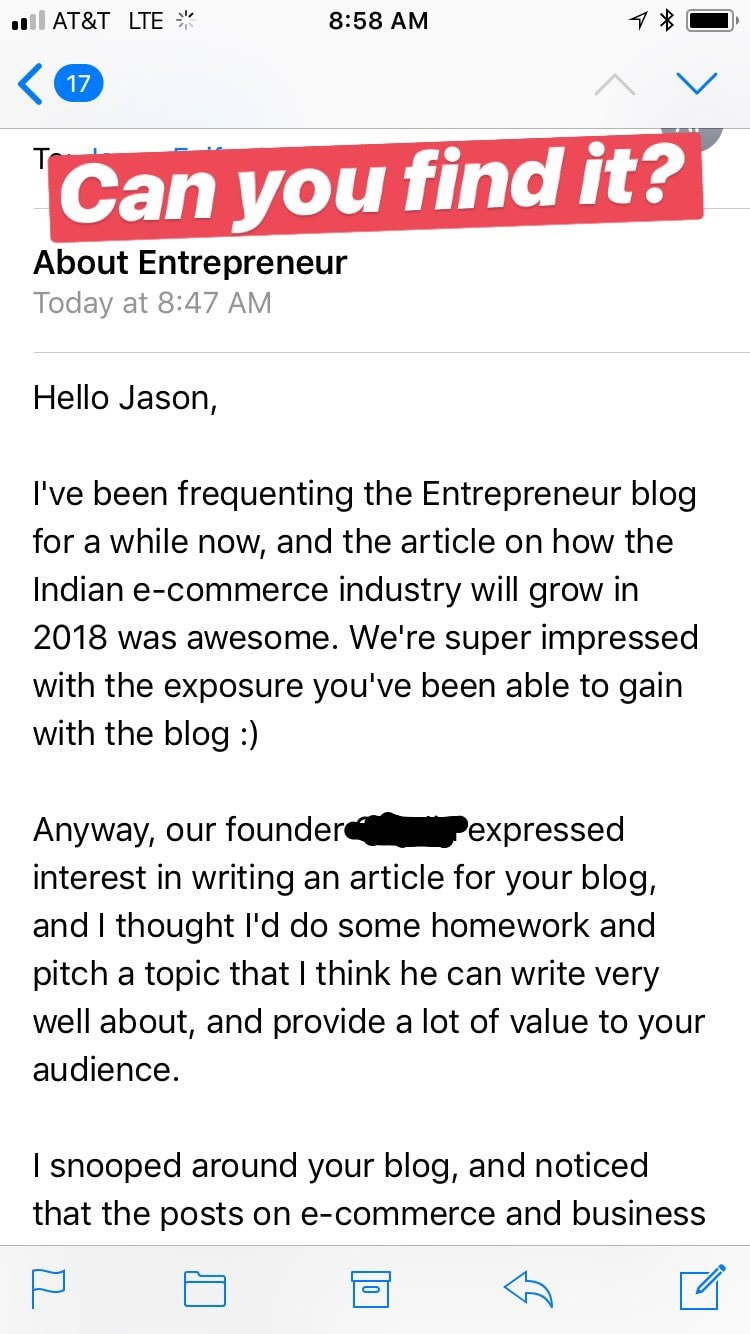
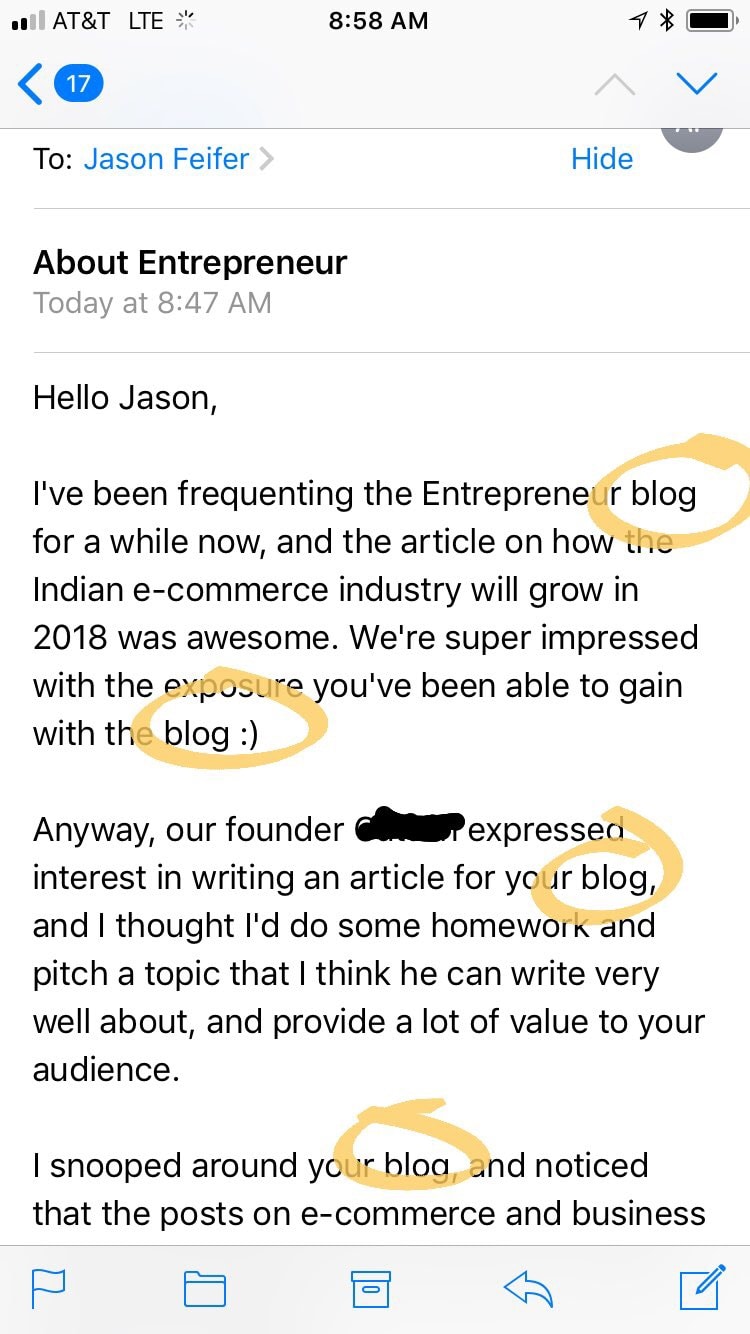
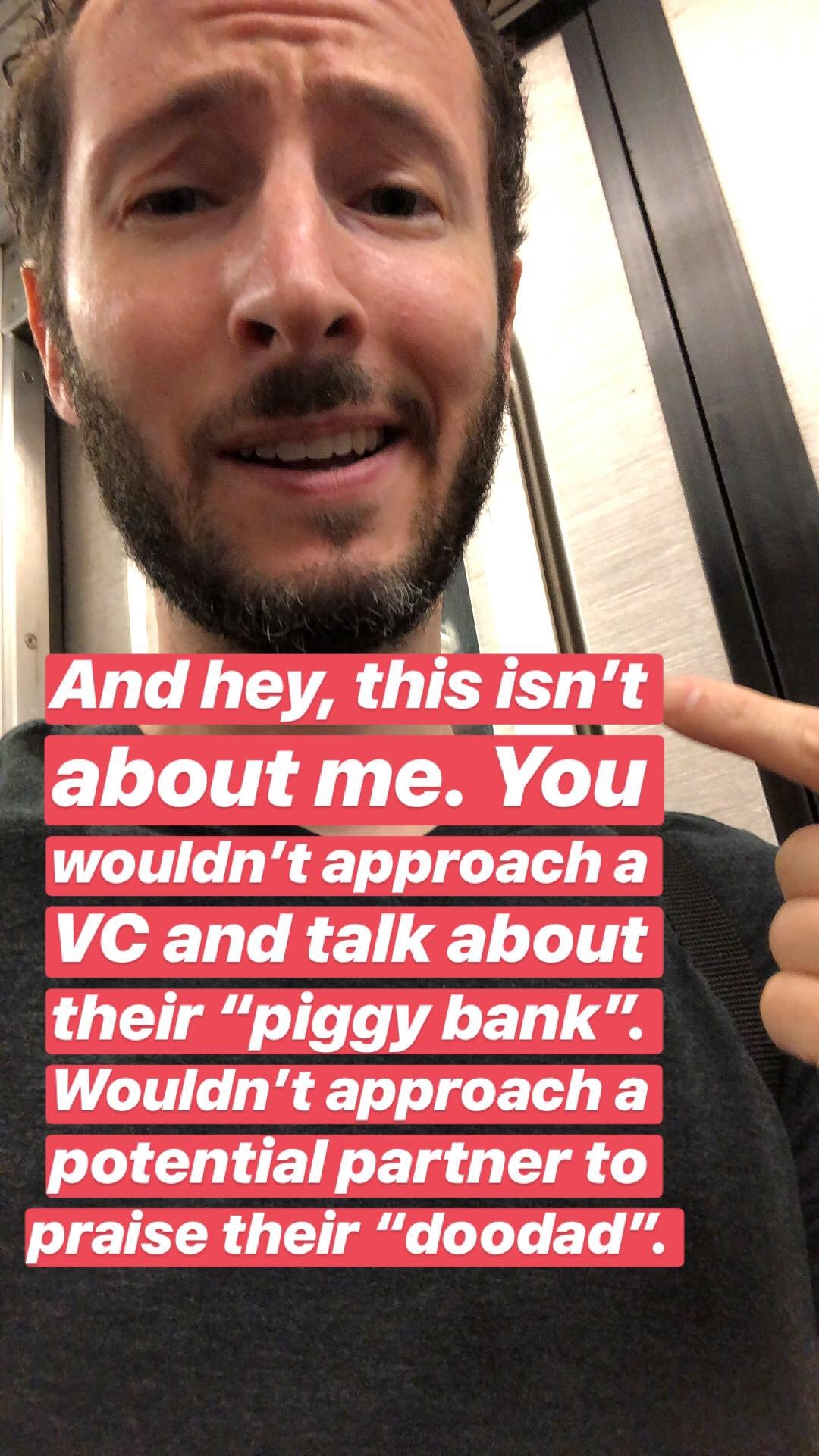
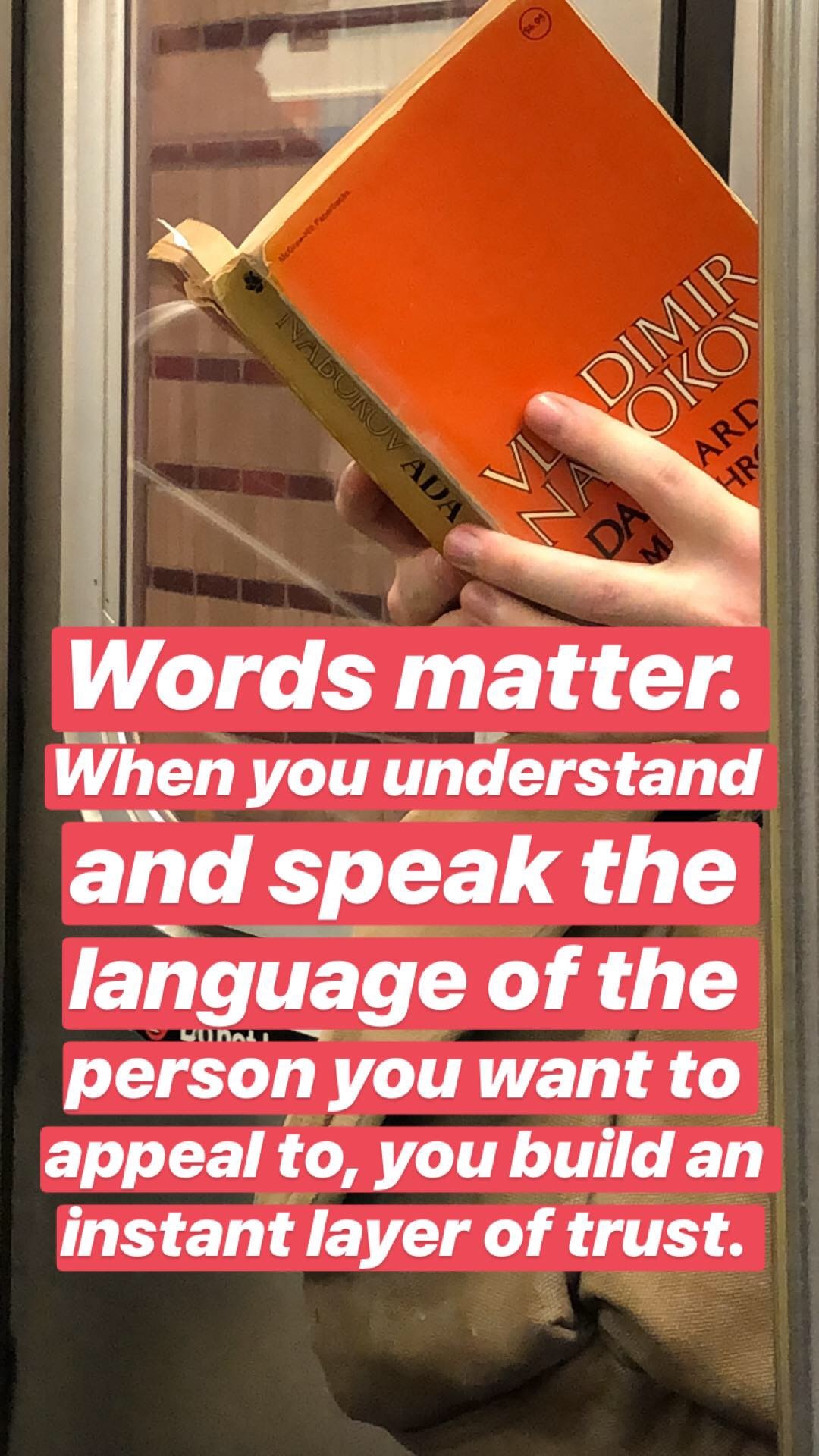
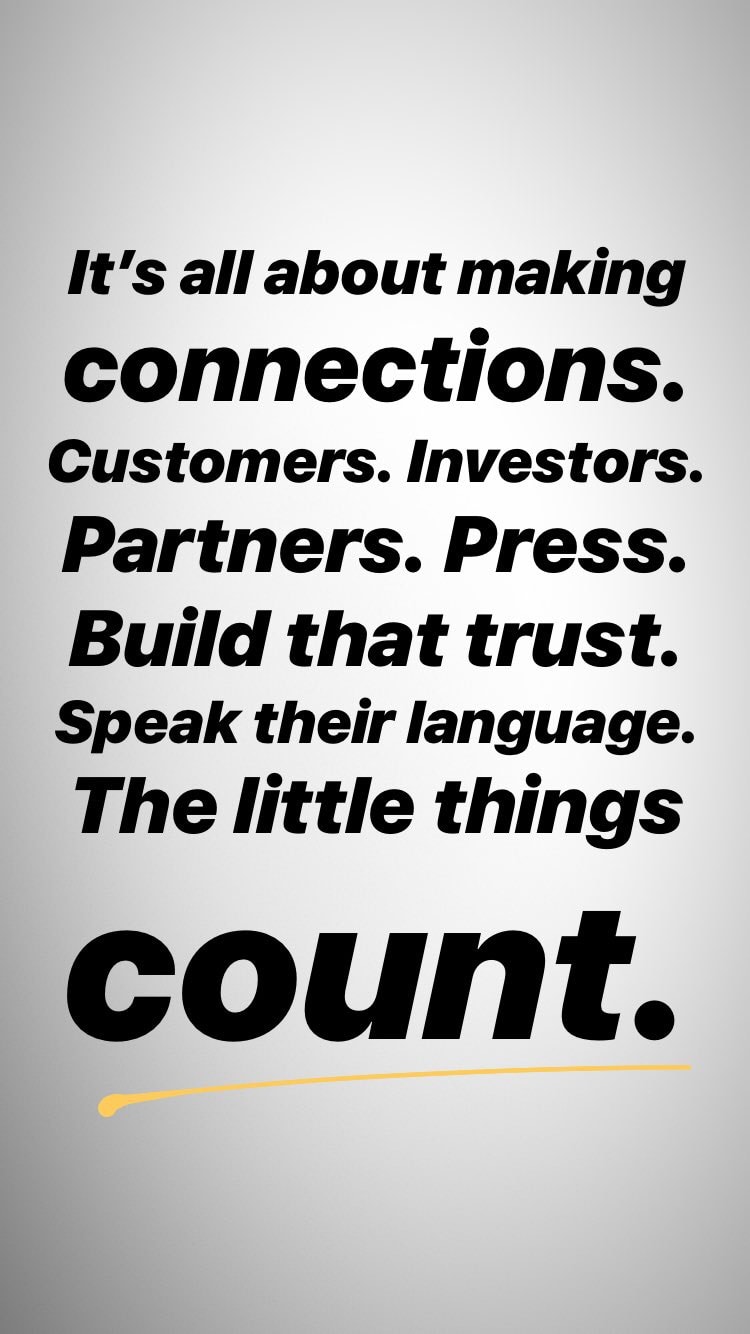
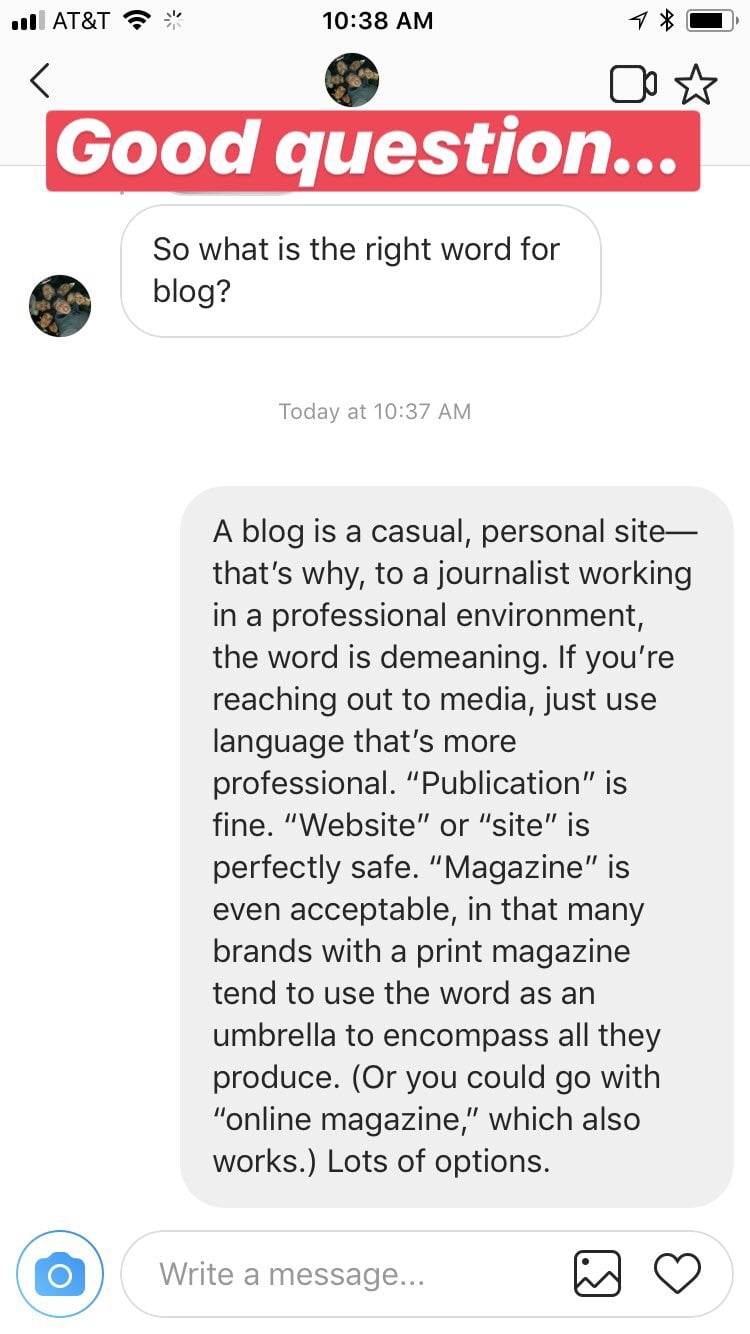
Jason is the target audience and the person emailing him used a completely non-offensive word, blog. But in Jason’s language it is completely inaccurate and offbase. So much so, that it actually felt condescending.
That’s why knowing your target audience’s language is so important. And with social media today it’s so easy to peek into their conversations and see what kind of words they use. Do some research on who you want to talk to, read reviews on Amazon for books and products that they buy, read their Yelp reviews, check out their discussions on Reddit and in Facebook or LinkedIn Groups, and see what they’re talking about during Twitter Chats.
It’s Not What You Meant, It’s What They Thought You Meant
I was planning lunch with my dad and suggested that we could meet at my office at 12:30 or at the diner at 1:00. He texted back, “1 there is good.”
I got off a client call at 12:30 and hit the road to go to the diner. I’m sure it’s obvious what happened next since you’re reading the story with a bird’s eye view, but in the moment neither of us saw it coming.
He called me at 1:01 asking where I was.
“Walking in now.”
“Walking in where?”
“To the diner. Where are you?”
“At your office…”
We both thought it was obvious what we were saying, but clearly it was not.
While he said “1 there is good,” and I read “1 at the diner is good,” what he meant was “1 at your office is good.”
Of course when you say something, you know what you mean. But you have the context in your mind that makes sense to the words you’re speaking out loud (or via text in this case). Unfortunately, the person on the receiving end does not always share your perspective.
When you’re communicating with someone else, it’s not about what you send out, it’s about how the person receives it. Make sure you are using the right words to communicate in a way that makes sense for the person receiving.


